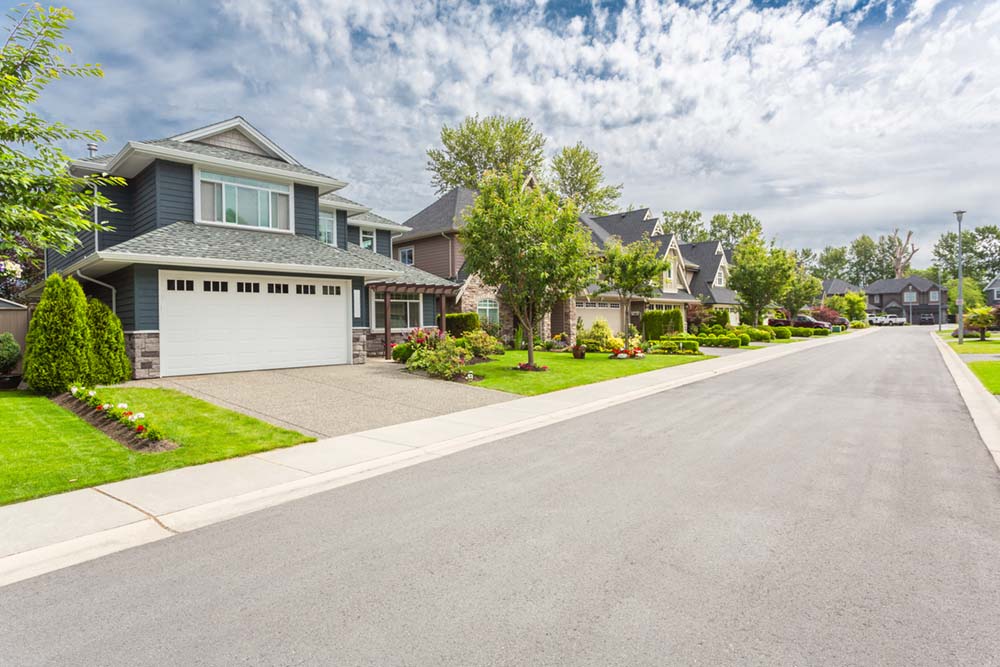How Do Realtors Determine Your Home Asking Price?
 Selling your home is a significant financial transaction, and setting the right asking price is crucial to attract potential buyers while ensuring you get the best value for your property. Have you ever wondered how realtors arrive at that magic number? In this blog post, we will delve into the intricate process that real estate agents follow to determine the perfect asking price for your home.
Selling your home is a significant financial transaction, and setting the right asking price is crucial to attract potential buyers while ensuring you get the best value for your property. Have you ever wondered how realtors arrive at that magic number? In this blog post, we will delve into the intricate process that real estate agents follow to determine the perfect asking price for your home.
- Understanding the Local Real Estate Market
One of the primary factors that influence your home’s asking price is the current state of the local real estate market. Realtors meticulously analyze recent sales data, considering the prices of comparable properties in your neighborhood. By assessing market trends, they can identify whether it’s a buyer’s or seller’s market, allowing them to adjust the asking price accordingly.
- Property Features and Condition
No two homes are exactly alike, and real estate agents take the unique features and condition of your property into account when setting the asking price. Features such as the size of the lot, number of bedrooms and bathrooms, and any recent renovations can significantly impact the perceived value of your home. The overall condition, including any necessary repairs or improvements, also plays a pivotal role in the pricing strategy.
- Comparative Market Analysis (CMA)
Realtors often conduct a Comparative Market Analysis (CMA) to determine an accurate asking price. This involves assessing recently sold properties with similar characteristics to your own. By examining the sale prices, days on market, and specific features of these properties, real estate agents can fine-tune their evaluation and provide a realistic asking price for your home.
- Economic Factors
External economic factors, such as interest rates and economic conditions, can also influence the pricing strategy. A robust economy generally leads to increased home prices, while economic downturns may have the opposite effect. Realtors stay abreast of these factors to ensure their pricing recommendations align with the broader economic landscape.
- Seller’s Motivation and Timeline
Understanding your motivation for selling and your desired timeline is crucial for realtors when determining the asking price. If you’re looking for a quick sale, pricing your home competitively may be the key. On the other hand, if time is less of a concern, a higher asking price may be justifiable. Balancing these factors ensures that the asking price aligns with your specific goals.
Setting the right asking price for your home involves a strategic blend of market analysis, property evaluation, and economic considerations. Realtors leverage their expertise to navigate these complexities and provide you with a well-informed and competitive asking price. By partnering with a seasoned real estate professional, you can confidently embark on your home-selling journey, knowing that the asking price is a carefully calculated figure aimed at maximizing your property’s value in the market.
Compliments of Virtual Results




 Selling your home is a significant decision that involves careful consideration of various factors. Whether you’re looking to upgrade, downsize, or relocate, recognizing the signs that it’s time to sell your home is crucial. In this blog post, we’ll explore key indicators sourced from real estate experts to help you determine if the time is right to put your property on the market.
Selling your home is a significant decision that involves careful consideration of various factors. Whether you’re looking to upgrade, downsize, or relocate, recognizing the signs that it’s time to sell your home is crucial. In this blog post, we’ll explore key indicators sourced from real estate experts to help you determine if the time is right to put your property on the market. In the realm of real estate, creating an eco-friendly home isn’t just about reducing your carbon footprint — it can also enhance property value, decrease utility costs, and contribute to a healthier environment. Here are some practical steps to save energy and reduce waste, turning your home into a sustainable haven.
In the realm of real estate, creating an eco-friendly home isn’t just about reducing your carbon footprint — it can also enhance property value, decrease utility costs, and contribute to a healthier environment. Here are some practical steps to save energy and reduce waste, turning your home into a sustainable haven.

 In the realm of real estate, the concept of a walkable neighborhood has gained substantial popularity in recent years. Homebuyers and renters are increasingly prioritizing communities where they can ditch their cars and enjoy the convenience of strolling to nearby amenities. If you’re on the lookout for a home in a walkable neighborhood, here’s a guide to help you spot the signs of a pedestrian-friendly paradise.
In the realm of real estate, the concept of a walkable neighborhood has gained substantial popularity in recent years. Homebuyers and renters are increasingly prioritizing communities where they can ditch their cars and enjoy the convenience of strolling to nearby amenities. If you’re on the lookout for a home in a walkable neighborhood, here’s a guide to help you spot the signs of a pedestrian-friendly paradise.


 As winter settles in and the chill seeps outdoors, there’s nothing quite as comforting as coming home to a warm, inviting space. With a few simple touches and strategic decor choices, you can transform your home into a cozy haven that embraces the winter season. Here are some delightful ideas to infuse warmth and comfort into your living space:
As winter settles in and the chill seeps outdoors, there’s nothing quite as comforting as coming home to a warm, inviting space. With a few simple touches and strategic decor choices, you can transform your home into a cozy haven that embraces the winter season. Here are some delightful ideas to infuse warmth and comfort into your living space:

 Catch Our Feed
Catch Our Feed Subscribe via Email
Subscribe via Email Follow Our Tweets
Follow Our Tweets Friend Us On Facebook
Friend Us On Facebook Watch Us On Youtube
Watch Us On Youtube